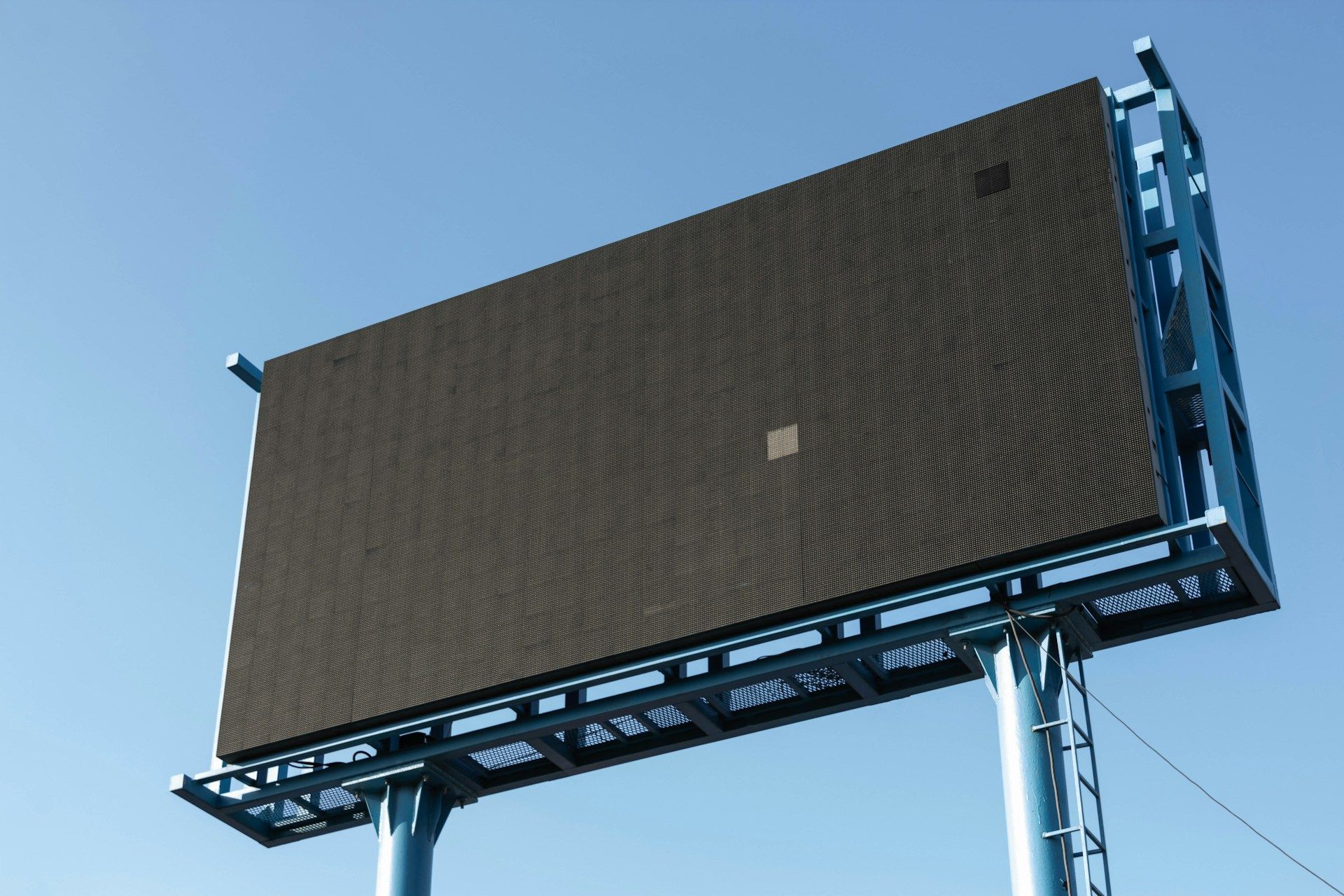What To Do When Your Ad Campaign Metrics Drop Suddenly
You’re tracking your ad campaign and things are cruising along nicely, then out of nowhere, your numbers tank. Clicks slow down. Engagement falls off. Conversions practically vanish. It feels like you’ve just watched your budget evaporate and have nothing to show for it. If this has happened to you, you're not alone and you're definitely not powerless.
When metrics drop suddenly, the key is to stay calm and get curious. There’s usually a reason behind the dip, and with the right steps, you can figure out what’s going on and get your campaign back on track. Let's walk through what to look for first and where to go from there.
Identifying The Problem
Before you make any changes to your campaign, start by figuring out what may have gone wrong. Making guesses without any data could push things further off track. Instead, take a step back and dig into the basics.
There are several common issues that can cause a sudden performance drop:
- Major platform changes — Platforms like Google Ads or Facebook Ads sometimes roll out updates that affect how your ads are delivered or seen
- Budget shifts — If your spending dipped or ran out early, some parts of your campaign might have stopped running altogether
- Audience overlap or fatigue — If your ads have been running to the same group over and over, people may be tuning them out
- Broken links or tracking issues — Sometimes the ad itself is fine, but something behind the scenes isn't working properly
To figure out if one of these is your issue, start with a simple checklist:
1. Compare performance before and after the drop: Look for any sudden shifts in impressions, clicks, or conversions
2. Review your ads and landing pages: Are they working as expected? Nothing broken or outdated?
3. Scan recent changes: Did you edit the creative, swap out keywords, or tweak audience settings recently?
4. Look at your budget pacing: Did your ad spend run out earlier in the day or hit an unexpected spending cap?
5. Check audience feedback, if available: Are there any negative comments? Less interaction or shares?
For example, we once worked with a team that had unknowingly set their campaign end date a week early. Everything went dark overnight, and they thought it was a system glitch. Once we uncovered the issue, it was a quick fix but one they would’ve missed without reviewing campaign settings.
Sometimes small oversights become big problems, but identifying the right issue can quickly put things back on track. Once you've double-checked the basics and ruled out obvious errors, you can move on to adjusting and improving your campaign instead of spinning your wheels.
Immediate Steps To Take
After a performance dip, time matters. The longer the gap, the more potential clicks and leads you're missing. Even a short pause can interrupt momentum, so once you’ve found the likely issue, it’s time to take action.
Here are a few practical steps to check off right away:
- Go through campaign settings: Look for changes in start/end dates, targeting, placements, or device preferences. Sometimes automatic updates can quietly shift your settings
- Test your links: Visit each landing page your ads point to and make sure everything loads fast, works, and matches what your ad promises
- Audit your ad creatives: If performance is low and nothing else has changed, your visual or message might be the problem. Try rotating in a different version to see if that boosts results
- Review ad platform status updates: Occasionally, platforms experience delivery delays or technical issues. Browse their official pages and forums for any alerts
- Pause or separate underperforming ads: If one ad is causing a drag on the campaign, pull it out and let stronger ads carry the weight until you can make changes
These short-term moves won’t magically solve everything, but they help stop the bleeding and set the stage for fixes that last. Once you’ve ruled out technical issues and made a few immediate adjustments, it's time to start thinking a little bigger. Knowing when to tweak a headline or when to rethink your audience targeting makes a big difference, and that’s what we’ll look at next.
Strategies For Long-Term Improvement
Once you've handled the immediate issues, it’s time to look at ways to keep your campaign stronger moving forward. Getting back on track is one thing. Staying there is another. That’s where strategy comes into play.
Start by checking how well your ad targeting matches your actual audience. Over time, your ideal viewer might shift, or the platform’s algorithm might struggle to find new people interested in what you're offering. You can open things up or tighten them down depending on how narrow or broad your targeting has been. Testing small changes slowly helps you understand who’s responding and who’s scrolling past.
Next, refresh your creative assets. If you’ve been running the same ad for weeks or months, it may be losing steam. Changing just a headline or graphic can make a difference with engagement. Think about testing:
- Different wording that speaks more directly to pain points
- Cleaner visuals or totally new graphics
- Rotating ad formats like switching from static images to short clips
A consistent review schedule also keeps campaigns functioning well. Set a regular check-up period. Weekly or biweekly is a good starting point. When you keep an eye on performance in real time, you’re able to catch dips before they snowball.
If your ad works better on one device than another, take note of that too. Mobile-focused ads won't always perform well on desktop, and the reverse is true as well. You might need alternate versions running for each.
Too many ad managers only react when things go wrong. Building a system for monitoring and improving makes a lasting difference. It also makes future drops easier to catch and fix.
The Role Of Professional Help
There comes a time when doing everything yourself becomes more work than it's worth. Fixing ad metrics takes skill, time, and constant tracking. Not everyone has the bandwidth. That’s where working with professional advertisers or a creative team can come into play.
The value of hiring experienced help comes down to two areas: knowing what to look for and knowing how to fix it without wasting your budget. A pro can spot details that don’t show up on the surface and cross-check your campaign structure for blind spots.
They’ll also bring fresh creative ideas and insights into ad behaviors. Sometimes the problem isn’t technical. It’s human. If your message doesn’t connect or the visual doesn’t pop, performance drops fast. Outside help brings objectivity to those parts where you're too close to the work.
When shopping for a partner, here are a few tips to keep in mind:
- Ask to see what specific industries or audiences they’ve worked with
- See if they offer data reporting and explain things in plain English
- Make sure they're focused on results that match your business goals, not just likes or reach
A good team doesn’t just throw ideas around. They guide your ad strategy, test multiple directions, and stick with a campaign long enough to improve it. If you’ve hit the wall trying to fix things on your own, that kind of support can save time and cut stress.
Getting Back On Track When Campaigns Stall
An ad campaign isn’t a one-shot effort. If your metrics hit a wall today, there’s a good chance they'll bounce back with the right moves. What’s most important is momentum. Don’t let one poor week define the whole campaign.
Start by reviewing what worked before the decline. Was it a new creative? A specific group of keywords? A better schedule for posting? Rebuild around parts of that success while staying open to new test angles. Then, slowly layer in updated designs, better targeting, and stronger messages. With time, performance will steady and often even grow stronger than before.
Ad campaigns are living systems. They shift with seasons, algorithms, and user behavior. That’s why staying curious and being ready to adapt is the best mindset. A drop in metrics doesn’t mean failure. It’s a signal one you can learn from and use to craft something better.
For a campaign that's not meeting expectations, having a strategic partner can make all the difference. At Oddball Creative, we're equipped to drive forward an ad campaign that thrives through changes and delivers results. Let’s work together to take your advertising efforts to new heights.



